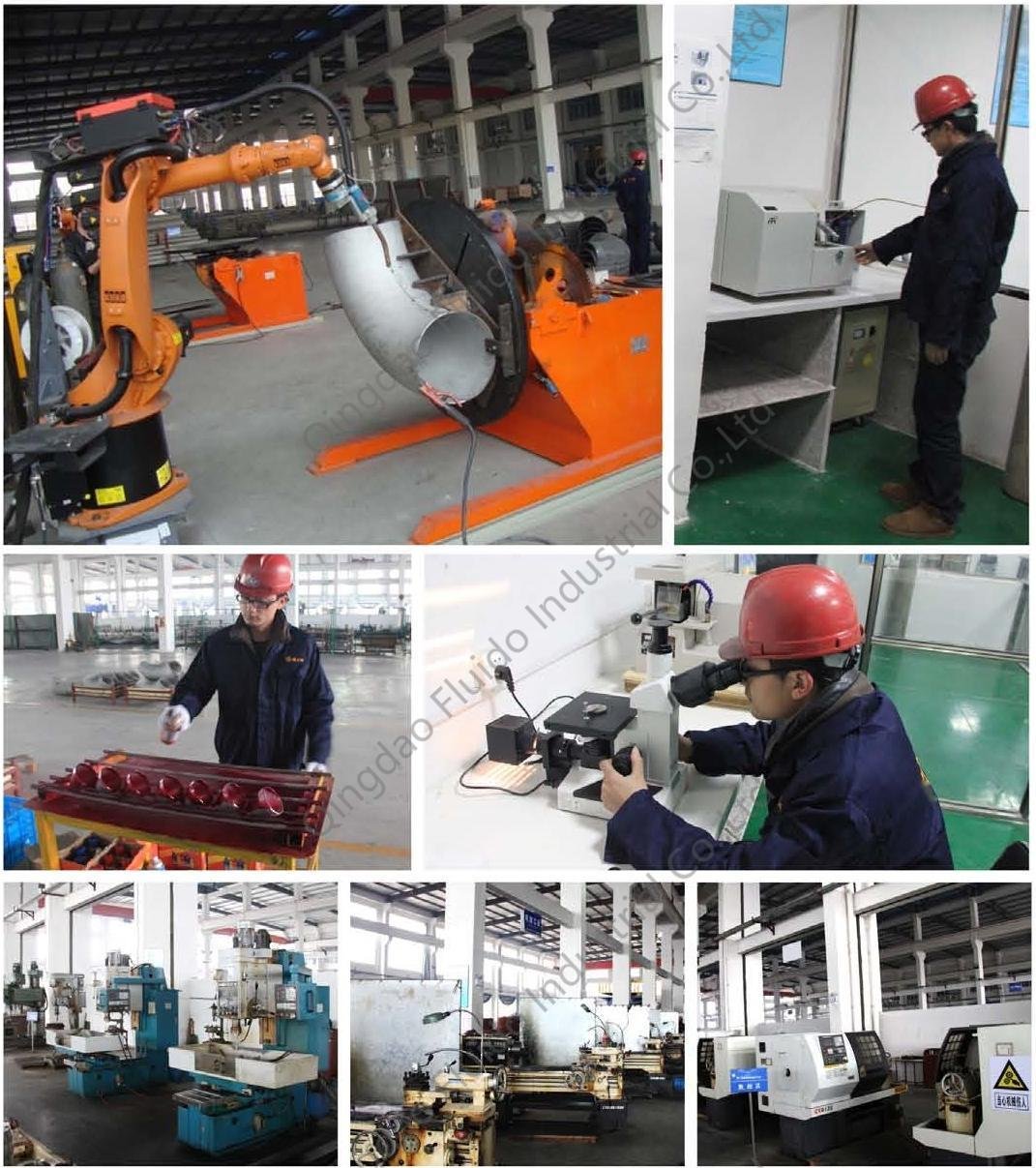Welded pipe fittings mean pipe fittings that are welded to steel or stainless steel pipes. Types include elbows, tees, caps, etc. The most common type is elbow fittings. So what are the quality inspection methods for elbow fittings?
The quality inspection of elbow fittings is firstly based on appearance and size inspection, and a measuring ruler is used to check whether the size meets the standard. Check whether the elbow pipe fittings have deformation and crack defects, and whether there are welding defects such as undercuts, blowholes, weld beads, and welding penetration in the appearance of the weld. This is the most common testing method for elbow fittings. In addition, the following testing methods can also be used.
1. Use X-ray inspection elbow pipe fittings: X-ray inspection is used to check whether the weld has internal defects, and X-ray film images are used to check whether the weld is qualified. X-ray inspection can detect small cracks and welding that cannot be detected by naked eyes. defect. In China, the cost of X-ray inspection is US$15.00 per weld($15.00 for elbow size below 24”, above 24” is 30.00), and an X-ray inspection certificate can be provided if Fluido’s customers need.
2. 2. For some high-pressure pipelines, such as those used in underground mines and power station engineering projects, customers will require mechanical properties testing of elbow fittings. This is divided into two types, one is to perform tensile, impact and bending tests on elbow fittings, and the other is to use splitting and blasting tests to detect whether the mechanical properties of elbow fittings meet the requirements of the engineering project. Since the test will perform a destructive test on the elbow fittings, the cost of this kind of test is relatively high, and special testing instruments are required for large-sized elbow fittings, which are rare in practical use.
3. 3. For elbow fittings used in sealed pressure vessel pipes, hydraulic or pneumatic tests can be performed to test the tightness and bearing capacity of the weld. The method is to inject water into the container or air at 1.25-1.5 times the working pressure, check the pressure drop in the container after being under pressure for a period of time, and investigate whether there is leakage in the elbow fittings, so as to determine whether the weld is qualified. Due to the requirements for pressure equipment, it takes a lot of time to test, and it is usually only used for the detection of small-sized elbow fittings.
